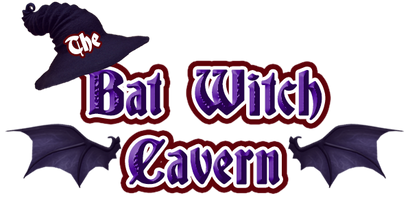Good quality, nice packaging and fast shipping
Description
This specimen includes multiple orthoceras fossils set in a stable matrix which is shaped as a tower, with a flat base. The piece has a flat back which allows it to be displayed as a small plaque or in a specimen stand. This makes an excellent starter piece or addition to any fossil collection.
The name orthoceras refers to the long, straight conical shell. Orthoceras fossils are common, with global distribution in any marine rock, especially limestone. They are widespread in North America and also found in Morocco. These are the most common of the cephalopods which lived between 200 to 450 million years ago. Living cephalopods include the squid, octopus and Nautilus. The Nautilus is the most similar to the orthoceras because of its fully developed shell. What's interesting about this mollusk is that its feet grew out of its head! Each time its body became too big for the shell, a dividing wall, called a septa, grew to separate the old living chamber from the new one, this is what creates the fascinating lines we see in the shell fossils today! Orthoceras were able to propel themselves backward by releasing water from a tube that ran along its body, called a siphuncle, this tube also helped to create buoyancy when empty. All living relatives of these creatures are predators, so it can be assumed that the orthoceras dined on trilobytes!
No two pieces are alike. Each one will slightly vary in size, shape and colour.
Payment & Security
Your payment information is processed securely. We do not store credit card details nor have access to your credit card information.

















